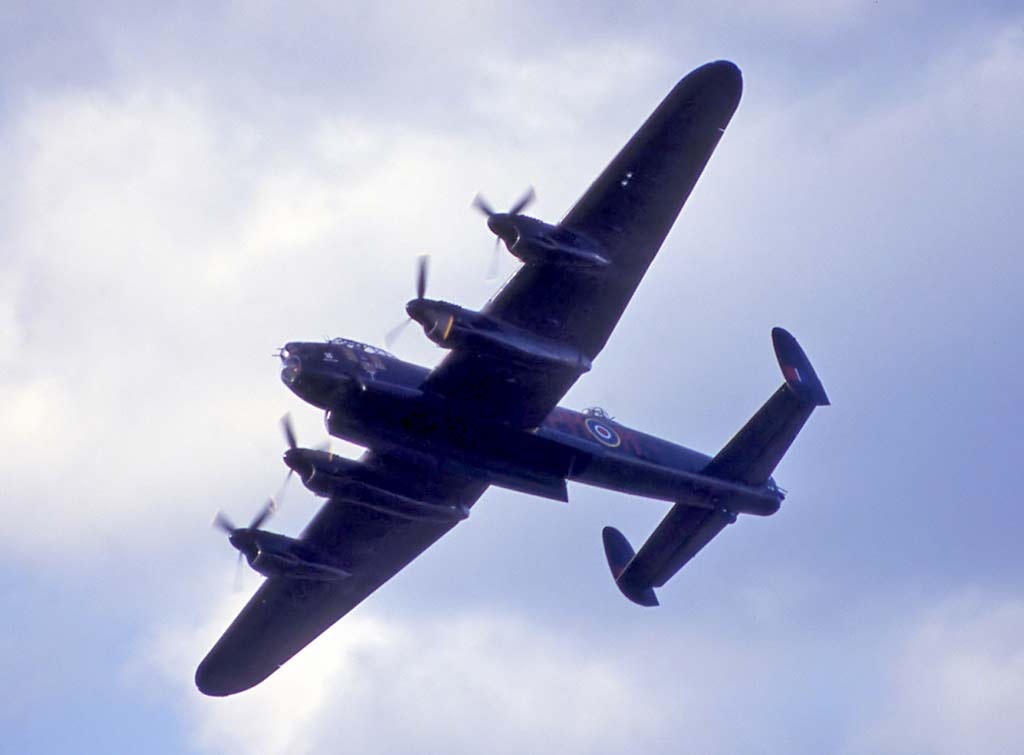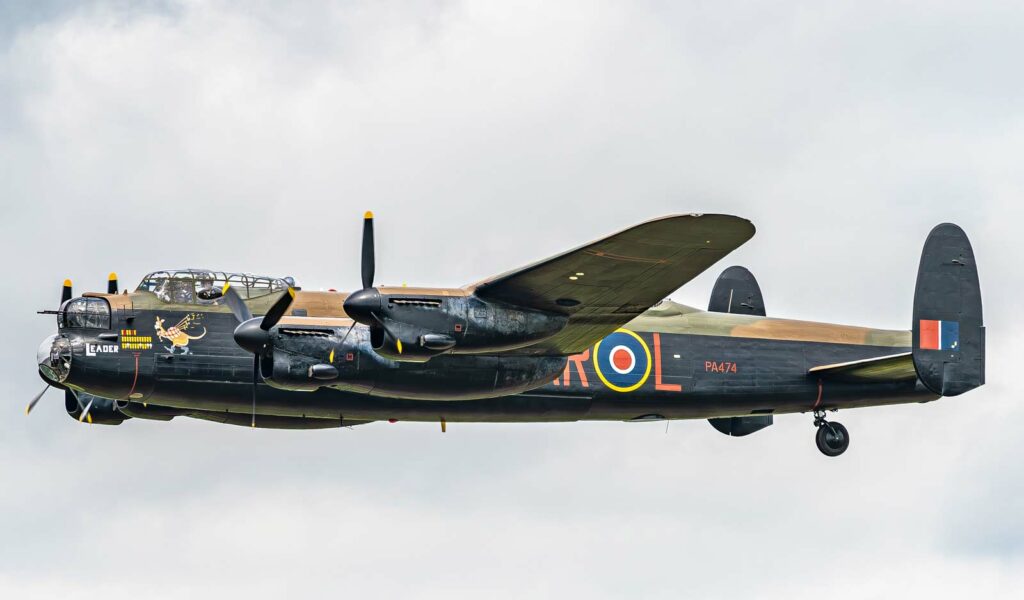The Avro Lancaster, a legendary WWII British heavy bomber, renowned for its significant payload capacity and role in major bombing campaigns.
This article presents a comprehensive analysis of the Avro Lancaster, a pivotal heavy bomber of World War II. It explores the Lancaster’s development, innovative design, impressive performance capabilities, and extensive combat use, emphasizing its critical role in Allied bombing campaigns and its lasting impact on military aviation.
The Avro Lancaster was one of the most famous heavy bombers of World War II, revered for its role in pivotal bombing campaigns against Germany. As a cornerstone of the Royal Air Force’s strategic bombing offensive, the Lancaster’s development, design, and operational history played a crucial role in the Allied war effort.

History of the Development of the Avro Lancaster
The development of the Avro Lancaster occurred in the early 1940s, a period marked by a pressing need for effective strategic bombers in the RAF. The Lancaster’s development was initiated by Avro, a leading British aircraft manufacturer, under the guidance of chief designer Roy Chadwick.
The Lancaster evolved from the less successful Avro Manchester, with significant design improvements. Its first flight took place on January 9, 1941. The development objective was to create a high-capacity, long-range bomber capable of delivering significant payloads deep into enemy territory.
Its development was critical in the context of the escalating air war over Europe, where strategic bombing was becoming a primary offensive strategy.
Design of the Avro Lancaster
The Avro Lancaster featured a distinctive design, characterized by its four powerful Rolls-Royce Merlin engines, capable of delivering exceptional power and reliability. The aircraft had a length of 21.18 meters and a wingspan of 31.09 meters.
The Lancaster’s design allowed for a substantial bomb load, with a maximum capacity of up to 10,000 kg, significantly more than its contemporaries. It also featured advanced navigation and bombing equipment, making it highly effective in precision-targeted bombing raids.
One drawback of the Lancaster’s design was its defensive armament, which was considered lighter compared to some American bombers like the B-17 Flying Fortress. However, its speed and payload capacity compensated for this vulnerability.
Performance of the Avro Lancaster
In performance terms, the Lancaster excelled. It could reach a top speed of approximately 454 km/h (282 mph) and had a service ceiling of 6,400 meters (21,000 feet). The aircraft’s operational range was around 4,023 kilometers (2,500 miles) with a full bomb load, making it capable of reaching distant targets.
When compared to other bombers like the B-17 or the B-24 Liberator, the Lancaster offered a higher bomb load and comparable range, though it lacked the defensive armament of its American counterparts.

Military Use and Combat of the Avro Lancaster
The Lancaster was armed with various machine guns for defense and could carry a wide range of bombs, including the massive “Grand Slam” bomb. It was used extensively in major bombing campaigns, such as the Ruhr Valley raids, the bombing of Berlin, and the famous Dambusters raid.
The Lancaster’s impact in these campaigns was significant, contributing to the degradation of German industrial and military capabilities. It faced competition from German night fighters and anti-aircraft defenses but remained a key asset in the RAF’s strategic bombing campaign.
Post-war, the Lancaster continued in various roles, including maritime patrol and search-and-rescue, but was gradually replaced by newer jet aircraft. It was used by several countries but eventually retired from active service.
The Avro Lancaster remains one of the most iconic aircraft of World War II, symbolizing the strategic bombing campaign’s effectiveness and the technological advancements of the era. Its development, design, and operational history reflect a significant chapter in military aviation, showcasing the impact of air power in shaping the outcome of the war.
Back to the Bombers section.